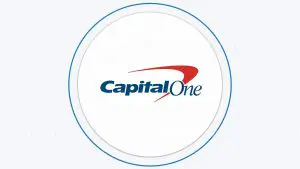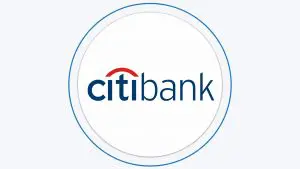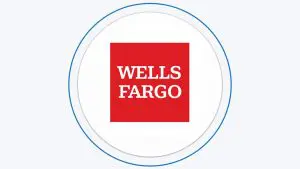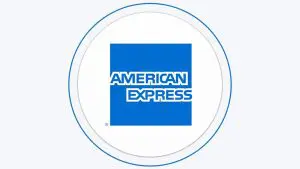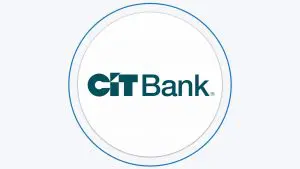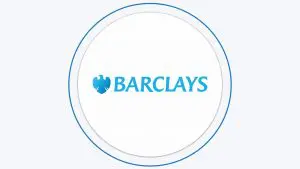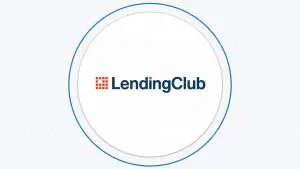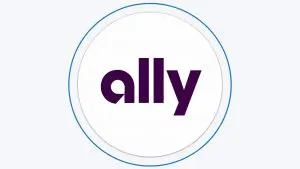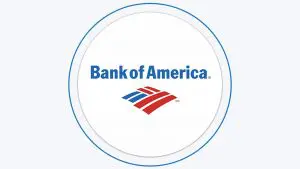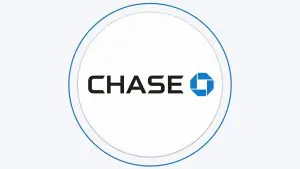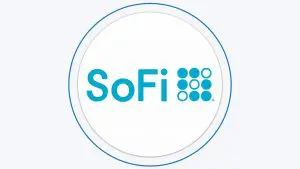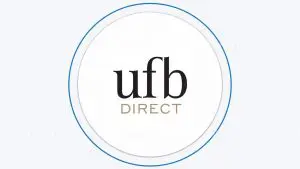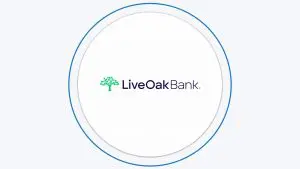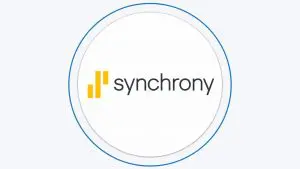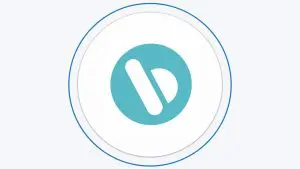Table Of Content
with the multitude of options available in the financial market, choosing the right savings account can be overwhelming. Each type of savings account has its own features, benefits, and considerations, making it essential to understand the differences and determine which one aligns with your financial objectives.
This comprehensive guide aims to shed light on the various types of savings accounts commonly offered by banks and financial institutions.
1. Traditional Savings Account
This is a basic savings account offered by banks and credit unions, allowing you to deposit and withdraw money while earning interest on the balance.
The primary purpose of a regular savings account is to provide a safe place for depositors to hold their funds and build savings over time. It is often the first step for many people in establishing a financial cushion, creating an emergency fund, or saving for short-term goals.
There are some variations to traditional savings accounts. Here are the main accounts:
-
High-Yield Savings Account
The distinguishing feature of a high-yield savings account is its competitive interest rate.
Unlike traditional savings accounts which offered by traditional banks and usually offer a bit lower interest rates, high-yield savings accounts are usually offered by online banks and aim to attract customers by providing significantly higher rates of return on their deposited funds.
-
Joint Savings Account
A joint savings account is a type of bank account that allows two or more individuals to share ownership and manage their savings collectively. It is typically opened by couples, family members, business partners, or individuals who want to pool their financial resources and work towards a common savings goal.
In a joint savings account, all account holders have equal rights and access to the funds. They can deposit money, withdraw funds, and monitor the account's activity. This type of account provides a convenient way for multiple individuals to contribute to savings, track progress, and jointly make decisions regarding the use of funds.
-
Online Savings Account
An online savings account is a type of savings account that is primarily managed and accessed through an online platform or mobile application. It offers individuals a convenient and flexible way to save money while taking advantage of competitive interest rates and minimal fees.
Unlike traditional savings accounts that require in-person visits to a physical bank branch, online savings accounts allow customers to open and manage their accounts entirely online. This digital approach provides several benefits, including ease of use, accessibility from anywhere with an internet connection, and the ability to conduct transactions and track savings activities conveniently.
Pros | Cons |
|---|---|
Easy Access | Inflation Risk |
Safety | Fees and Minimum Balance Requirements |
Easy to Open | Limited Transactions |
Flexibility |
2. Certificate of Deposit (CD)
A Certificate of Deposit (CD) is a type of savings account offered by banks and other financial institutions. It is designed for individuals who want to invest their money for a specific period of time at a fixed interest rate.
When you open a CD, you agree to deposit a certain amount of money for a predetermined term, which can range such as 6-month, 1-year, and even 5-year. During this period, the funds are locked in the CD, and in return, the bank pays you interest on the amount deposited.
Pros | Cons |
|---|---|
Higher Interest Rates | Inflation Risk |
Safety | Limited Liquidity |
Guaranteed Returns | Inflation Risk |
Variety of terms | Limited Flexibility |
The interest rate is typically higher than that of a traditional savings account, making CDs an attractive option for individuals seeking to grow their savings with a relatively low level of risk.
One key characteristic of CDs is that they have a fixed maturity date. This means that you cannot withdraw the funds before the term ends without incurring a penalty, except in cases of early withdrawal under specific circumstances. The longer the term of the CD, the higher the interest rate usually offered. This feature provides certainty and allows individuals to plan their finances accordingly.

3. Individual Retirement Account (IRA)
An Individual Retirement Account (IRA) is a type of savings account designed to help individuals save for retirement. It offers tax advantages that encourage individuals to set aside funds specifically for their retirement years. IRAs are widely popular and provide individuals with an opportunity to supplement their employer-sponsored retirement plans or build a retirement nest egg independently.
The primary benefit of an IRA is its tax advantage. Contributions made to traditional IRAs are often tax-deductible in the year they are made, which means they can potentially lower your taxable income for that year.
The funds in a traditional IRA grow tax-deferred, meaning you won't pay taxes on the earnings until you withdraw the money in retirement. This allows your savings to potentially grow more quickly since you're not losing a portion of your earnings to taxes each year.
On the other hand, Roth IRAs are another type of IRA that offers a different tax advantage. Contributions to Roth IRAs are made with after-tax dollars, meaning you don't get an immediate tax deduction.
However, qualified withdrawals from a Roth IRA in retirement are tax-free, including the earnings on your investments. This can be beneficial if you expect your tax rate to be higher in retirement or if you want to minimize your tax liability in the future.
Pros | Cons |
|---|---|
Tax Advantages | Contribution limits |
Potential tax deductions | Early withdrawal penalties |
Estate planning benefits | Required Minimum Distributions (RMDs) |
Investment options | Limited accessibility |
Top Offers From Our Partners
4. Money Market Account
A Money Market Account (MMA) is a type of savings account offered by banks and credit unions that combines features of both savings accounts and checking accounts. It is designed to provide a balance between accessibility and higher interest rates, making it an attractive option for individuals who want to earn more interest while still having some liquidity.
Money Market Accounts typically offer similar interest rates compared to traditional savings accounts, making them an appealing choice for those seeking to grow their savings at a faster rate. The interest rates are variable and may fluctuate based on market conditions.
One of the distinguishing features of a Money Market Account is the ability to write a limited number of checks per month. This feature provides a level of flexibility and accessibility not typically associated with traditional savings accounts. MMAs are insured up to the maximum limit allowed by law, currently set at $250,000 per depositor, per insured bank
Pros | Cons |
|---|---|
Liquidity and Flexibility | Minimum Balance Requirements: |
Safety | Limited Transactions |
Interest Rate | Inflation Risk |
How To Choose The Right Savings Account Type?
When choosing a savings account type, it's important to consider your financial goals, risk tolerance, and time horizon. Here are some factors to consider when selecting a savings account type:
Purpose of Savings: Determine the specific purpose of your savings. Are you saving for short-term goals, such as an upcoming vacation or a down payment on a house? Or are you saving for long-term goals like retirement or education expenses? As we've shown, different savings account types are designed to cater to specific financial goals.
Liquidity Needs: Assess your need for liquidity. If you anticipate needing quick access to your funds for emergencies or unexpected expenses, a savings account with high liquidity, such as a traditional savings account or a money market account, would be more suitable. However, if you have a longer time horizon and can afford to lock up your funds for a specific period, options like certificates of deposit (CDs) or individual retirement accounts (IRAs) may offer higher interest rates.
Risk Tolerance: Consider your risk tolerance when selecting a savings account type. Traditional savings accounts and money market accounts typically have low risk since they are backed by FDIC insurance. However, other options like investment-linked savings accounts or IRAs may involve higher risk but potentially offer higher returns. Assess your comfort level with risk and choose a savings account type that aligns with your risk tolerance.
Interest Rates: Compare the interest rates offered by different savings account types. Traditional savings accounts generally offer lower interest rates, while high-yield savings accounts tend to offer higher rates. Assess the interest rates offered and consider how they align with your savings goals and potential returns.
Account Requirements: Understand the requirements and restrictions associated with each savings account type. Some accounts may have minimum balance requirements, transaction limits, or specific eligibility criteria. Ensure that you can meet these requirements and that they align with your financial situation.
Tax Considerations: Consider the tax implications of different savings account types. Certain accounts, like IRAs, offer tax advantages, such as tax-deferred growth or tax-free withdrawals for qualified expenses. Evaluate the tax benefits associated with different account types and determine if they align with your tax planning strategies.
Financial Institution: Evaluate the reputation, stability, and customer service of the financial institution offering the savings account. Look for a reputable institution with a history of financial stability and positive customer reviews. Consider their online banking capabilities, accessibility, and quality of customer support.
Ultimately, the choice of savings account type will depend on your specific financial circumstances, goals, and preferences. Assess your needs, research the available options, and consult with a financial advisor if necessary to make an informed decision that aligns with your financial objectives.
FAQs
Which savings account type is best for emergency funds?
For emergency funds, it is advisable to choose a savings account type that offers high liquidity and easy access to your funds, such as a traditional savings account or a money market account. These accounts allow you to quickly withdraw funds when needed.
Can I switch between savings account types?
In most cases, you can switch between savings account types offered by the same financial institution, subject to their account terms and conditions. However, be mindful of any potential fees, minimum balance requirements, or restrictions associated with switching accounts.
Are savings account types suitable for short-term goals?
Different savings account types can be suitable for both short-term and long-term savings goals. Traditional savings accounts and high-yield savings accounts are often used for short-term goals, while options like CDs and IRAs are commonly utilized for long-term goals due to their potentially higher interest rates and specific benefits.
Do savings account types have a maximum limit on deposits?
Savings account types typically do not have a maximum limit on deposits. However, it is essential to ensure that your deposits are within the FDIC insurance limit, which currently stands at $250,000 per depositor, per insured bank.
Which savings account type provides the maximum interest?
CDs usually offer higher interest compared to the rest of the options. However, IRA yield depends on your investments and the risk to take, so it's difficult to compare them.

